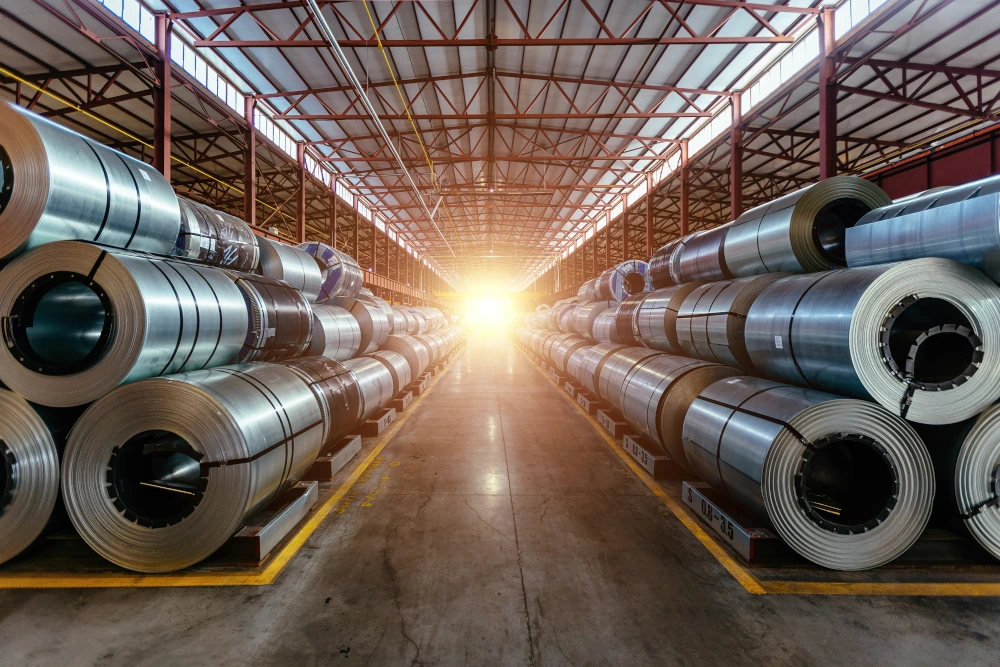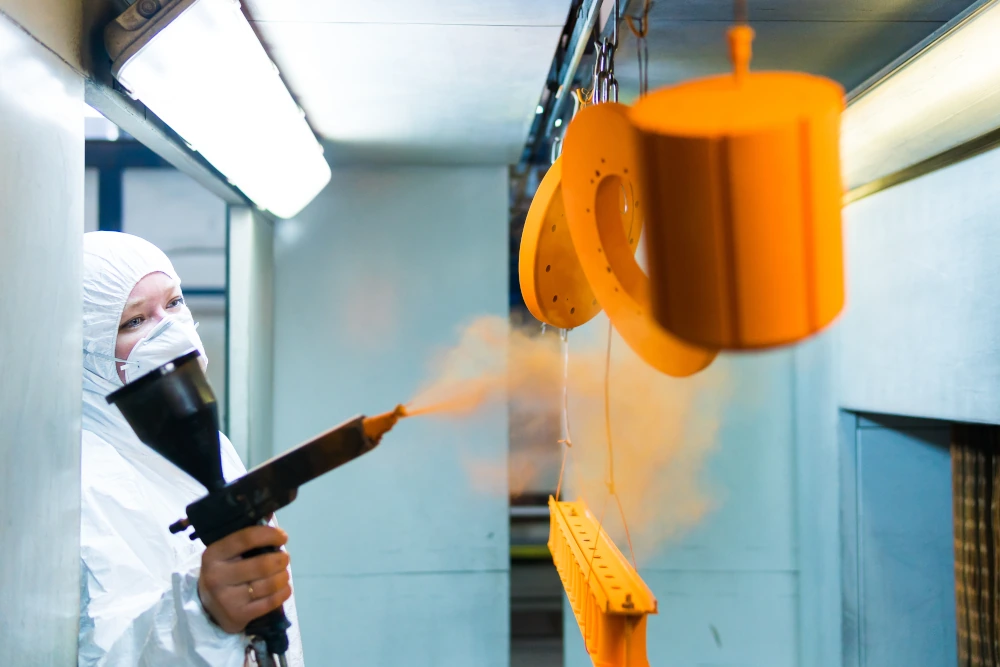Simply put, resistance welding (such as spot welding) is the process of fusing metals together by applying pressure and passing current for a period of time. Metal professionals prefer this type of welding because no other materials are needed, making it a very cost effective process.

Types of resistance welding
There are several different variants of resistance welding. The most common are as follows:
- Flash welding
- Upset welding
- Projection welding
- Seam welding
- Spot welding
These resistance welding processes differ from one another primarily based on the shape of the workpiece and the form of the electrodes used to apply pressure and conduct the current. Today, we will focus in specifically on spot welding.
How does spot welding work?
Spot welding is a resistance welding process that joins metal surfaces together using an electrical current. Typically used to join sheet metal together, it uses the conductive properties of a metal combined with pressure to create a bond between the metal surfaces.
Resistance spot welding works by applying a current through a small area on the metals to be joined, forming a bond. The metal acts as a conductor and allows the current to flow; this process generates a significant amount of heat. The heat generated is enough to fuse the metals together to form the weld.
Typically, spot welding is conducted by firmly pressing copper electrodes onto both sides of the metals to be joined together. The pressure is maintained while the current is passed through, allowing the heat generated to bond the metals together, while the pressure holds the metals in place long enough to achieve a satisfactory weld.
Advantages of spot welding
Spot welding is a very simple process that doesn’t require any overly complicated procedures or fluxes – you don’t need to possess any special skills to perform this weld. The welding process is nearly instantaneous – the application of pressure and current to the weld site takes less than a second.
As such, spot welding can be automated. The automotive industry is a prime example of this, with spot welding playing a key role on assembly lines.
The nature of this kind of resistance welding enables user to weld thin sheeting or even multiple sheets to be welded together at once.
Limitations of resistance spot welding
While spot welding is a very common technique, it does have several limitations.
Because this sort of resistance welding relies on a localized electric current, the resulting bonded area is small and local. This means that the join is not an overly strong.
Spot welding is often carried out on thin sheet metal, introducing the potential for warping in the welded product. The localized hot spot created by passing the current through the metal can also create stresses that warps the thinner sheet metal.
To mitigate this risk, you can adjust the press force and the duration of the weld.
And finally, spot welding cannot be conducted on certain metals, namely those where it is impractical to pass a current through, while simultaneously applying pressure to both sides. For this reason, most professionals will typically weld metals thicker than 0.394” (10mm) or any pipe or tubing using a different technique.
Additional considerations for resistance welding processes

The most important determining factor for resistance welding of any kind is heat generation. How much heat is generated depends on the metal’s resistance, the applied current, applied current time and any heat losses (from conduction and radiation).
For the best heating results, here are some aspects a welder needs to weigh:
- Welding time : To obtain a weld, a welder needs a minimum welding current and time. The length of time needed depends on transferring heat from the weld zone to the base metals and electrodes as well as accounting for the heat lost from the free surfaces to your surroundings.
- Welding current : The most important aspect of resistance welding. The amount of welding current determines the heat generated. As the welding current goes up, so does the proportional size of the welding nugget.
- Welding force : Compresses the workpieces at the welding zones to allow the current to flow smoothly. Using too little or too much welding force leads to less desirable outcomes.
- Contact resistance : As the temperatures and pressure increase, contact resistance decreases.
- Material properties : All materials change when the temperature changes. The resistivity and thermal conductivity of the welding material influences heat generation and heat transfer.
- Surface coatings : Applied to protect a workpiece from corrosion or as a substrate for further surface treatment. Also used when welding intricate material combinations.


